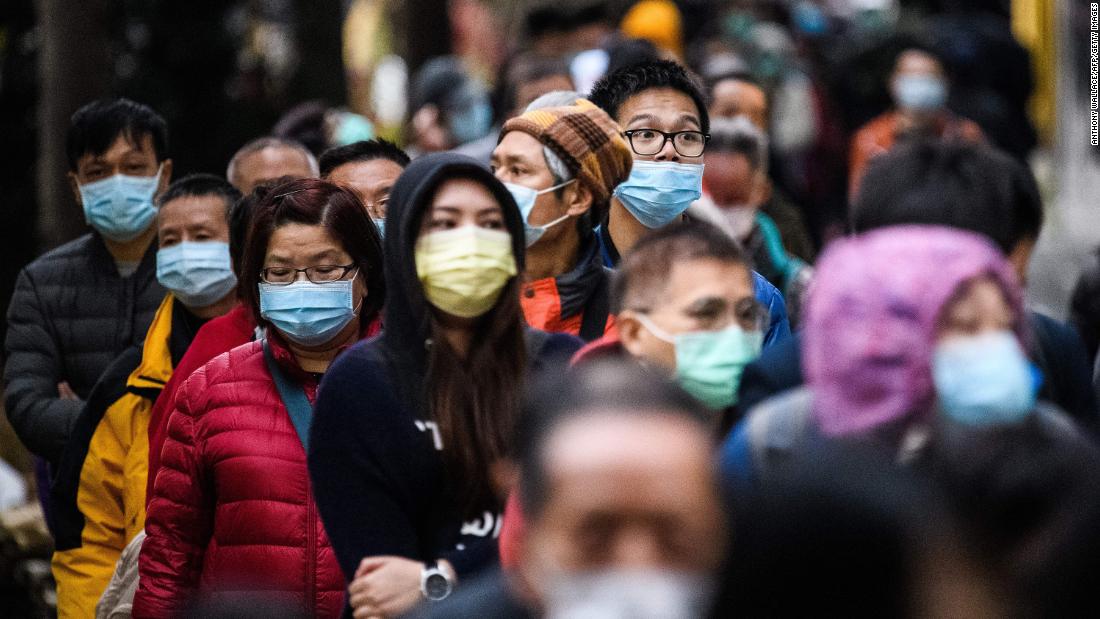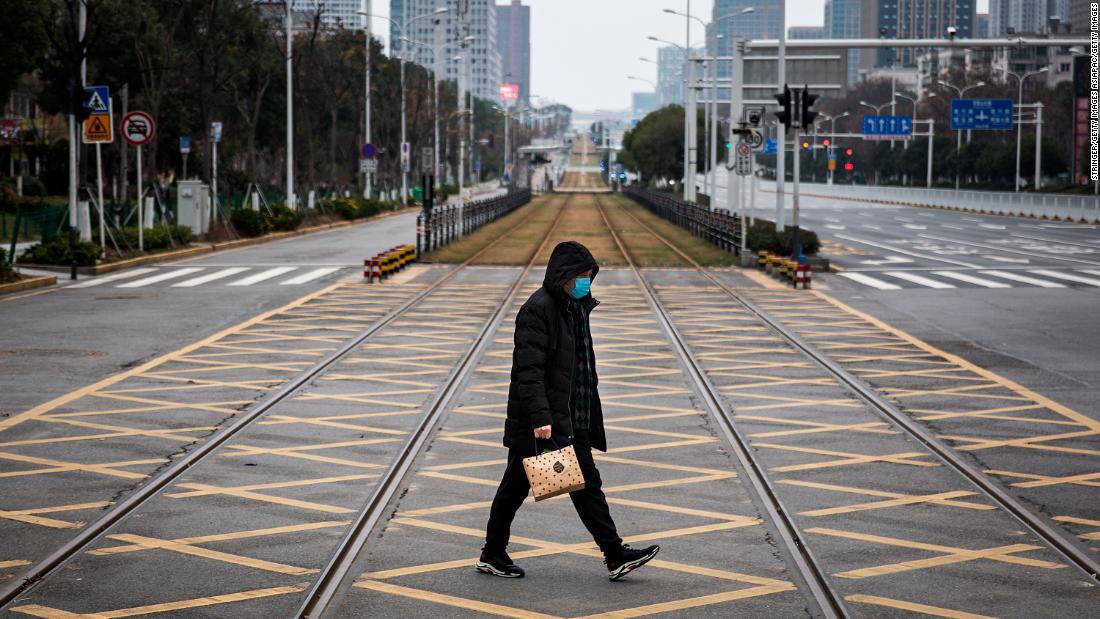[ad_1]

A study published Friday in the Journal of the American Medical Association (JAMA) found that 41% of the first 138 patients diagnosed at one hospital in Wuhan, China, were presumed to be infected in that hospital.
This is big news. In plain English, it means that nearly half of the initial infections in this hospital appear to have been spread within the hospital itself. This is called nosocomial transmission. (Doctors use big words to hide bad things: Nosocomial means caught it in the hospital.)
What’s more, most spread doesn’t appear to have been the result of a so-called “super-spreader event,” in which a single patient transmits infection to many other people. In these — where a doctor inserts a tube into the patient’s lungs — can result in many infections.
This would be a concern, but not nearly as much as what appears to have happened: Many health care workers and many patients got infected in many parts of the hospital. What’s more, since there’s a broad spectrum of infection and only patients who were sick were tested, it’s quite likely that there was even more transmission in the hospital.
So, like SARS and MERS — other coronaviruses — before it, the Wuhan coronavirus is spreading in hospitals.
What does this mean? The virus appears to be quite infectious, health care workers are at especially high risk, and we urgently need more information about just how infectious the virus is. The virus might well be impossible to contain — just as the common cold and influenza can’t be stopped, but the health and societal impacts can be blunted.
China’s extraordinary efforts to stop the spread of the virus, even if unsuccessful, may slow its spread and improve China and the world’s ability to limit the harm the virus causes.
Dr. Tom Frieden is the former director of the US Centers for Disease Control and Prevention, and former commissioner of the New York City Health Department. He is currently president and CEO of Resolve to Save Lives, a global non-profit initiative funded by Bloomberg Philanthropies, the Chan Zuckerberg Initiative, and the Bill and Melinda Gates Foundation and part of the global non-profit Vital Strategies.
[ad_2]
Source link

